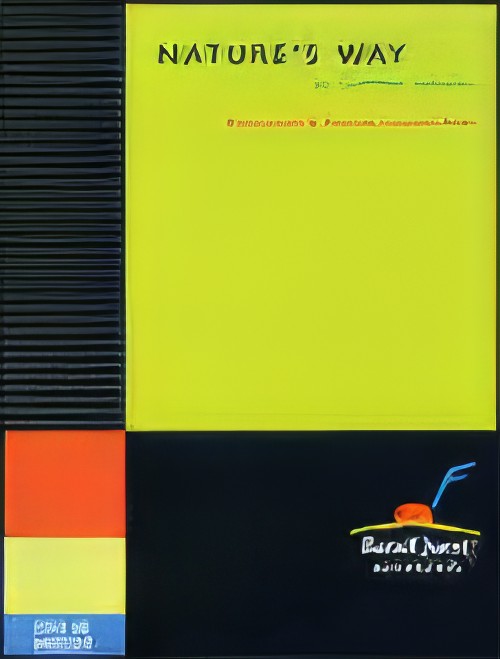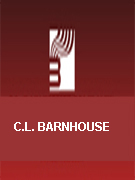Results
-
 £158.40
£158.40Fourth Suite for Band
Subtitled "City of Music", this impressive 3 movement suite was commissioned by the City of Takasaki, Japan. The movements: Intrada, Aria, and March, all are written to challenge mature bands and this work displays why Alfred Reed's music is a favorite of upper level groups around the world. A major work by a major composer that has already been recorded and is available on a CD recording by the Kosei Wind Orchestra from Tokyo, Japan. World Class!
Estimated dispatch 7-14 working days
-
 £49.50
£49.50Midnight Escape
A unique composition built on alternating 3/4 and 2/4 measures that will challenge your developing band. Lots of tasty percussion parts will keep even the largest section involved and interested and since it is written for the reduced Command Series instrumentation, it will work very well for smaller high school bands. Great rhythmic teaching material in this appealing work as it produces a "dangerous" sound that students and audiences will love! Check this one out!
Estimated dispatch 7-14 working days
-
 £72.99
£72.99NATURE'S WAY (BandQuest) - Schuller, Gunther
From the composer: "Nature's Way for intermediate level band was commissioned by BandQuest, a project initiated by the American Composers Forum. Their mission is for major composers of national reputation to write works of high quality that take into consideration the (still comparatively limited) levels of musical development--both technical and conceptual--typical of such ensembles. I eagerly accepted the commission and the challenges implied thereby--that is, to reign in my creative imagination to some extent and limit the technical/conceptual demands to a more moderate level than is to be found in my previous compositions for band. Nonetheless, since the process of rehearsing, studying and performing a work created specifically for the school student market is--and must be, in my view--primarily educational, it was very clear to me that my work would (and should) challenge the players at least to their top levels, and even a little beyond that. Thus Nature's Way in no way represents a compromise of my personal style, nor my long held concepts of form, continuity, texture, and instrumentation. I have known for a long time that young, inquisitive minds are eager to learn from new experiences, from previously never encountered challenges, that is to say, to be pushed--gently--to rise above their present levels of achievement. That's what education is all about."
Estimated dispatch 7-14 working days
-
 £64.35
£64.35Overture A La Russe
From the opening dramatic flourish to the final chord, this exciting, fast moving "tour de force'' presents a variety of colors and timbres in the Russian style. This magnificent contest piece will challenge your performers and hold the attention of your audience.
Estimated dispatch 7-14 working days
-
 £67.32
£67.32Prologue and Festiva
This new concert work combines a bold and noble opening with a fresh, vibrant multi-metered allegro section which presents a unique challenge to everyone in the ensemble. Commissioned to commemorate the 50th Anniversary of the International Music Camp which is held annually at the Peace Gardens on the border of North Dakota and Canada, this work establishes a celebratory tone from the very beginning. A fugue-like interlude midway through the Allegro section brings a unique flavor to this composition. Your students, audiences will love this new composition which is an excellent choice for concert or festival performances. Highly recommended!
Estimated dispatch 7-14 working days
-
 £47.52
£47.52Sidetracked! (Concert Band - Score and Parts)
Using relentless percussion ostinati and syncopated bass lines, composer Matt Conaway has created an explosive concert and festival selection that your students and audiences will love! Extensive use of the blues scale helps create harmonic interest as the piece builds to a dramatic finish. If your percussion section is ready for a challenge, this is an ideal selection for your next performance!
Estimated dispatch 7-14 working days
-
 £47.52
£47.52Sirocco
Energetic and impressive overture for better middle school and jr. high bands that is descriptive of a dangerous storm that struck and partially destroyed a town. Three sections of the piece represent "the calm before the storm", "the tornado" and the "rebuilding". Includes short solos for Flute and F Horn and very interesting percussion parts which will challenge your young drummers. OUTSTANDING!
Estimated dispatch 7-14 working days
-
 £47.52
£47.52Sousa! Sousa! Sousa! (Concert Band - Score and Parts)
A terrific feature for young clarinet sections by noted film composer, Lennie Niehaus. The first clarinet parts (Gr.2 1/2) challenge your best young players while the second clarinet parts (Gr.2) build confidence in your weaker players by staying below the break. An appealing piece that will be a popular program number while creating big dividends for the future in your clarinet section.
Estimated dispatch 7-14 working days
-
 £75.24
£75.24Stormchasers
A vigorous composition which is full of exciting melodies and vibrant rhythms. Starting out in a fast 6/8, your students and audiences will feel that they are riding along with fearless "Stormchasers" who are chasing a tornado or hurricane. The calm at the eye of the storm is depicted with a beautiful yet ominous sounding section that gives your flute section and flute soloist a chance to shine. An outstanding choice for concert or festival performances, this unique selection will challenge mid-level bands. Outstanding!
Estimated dispatch 7-14 working days
-
 £39.60
£39.60Storybrook Mountain (Concert Band - Score and Parts)
A wonderful way to encourage and challenge your best young players is by featuring them on a solo with band accompaniment. Larry Neeck's "Solo Flight" is a delightful solo feature for virtually almost any instrument in the band(Bb, Eb, C & Bass Clef Solo Parts are included with the set). Light in nature, it will be a welcome addition to any concert. Playable and enjoyable, this piece can pay big dividends to your band program! Recorded on the CD "A Lantern In The Window" by The Washington Winds.
Estimated dispatch 7-14 working days
